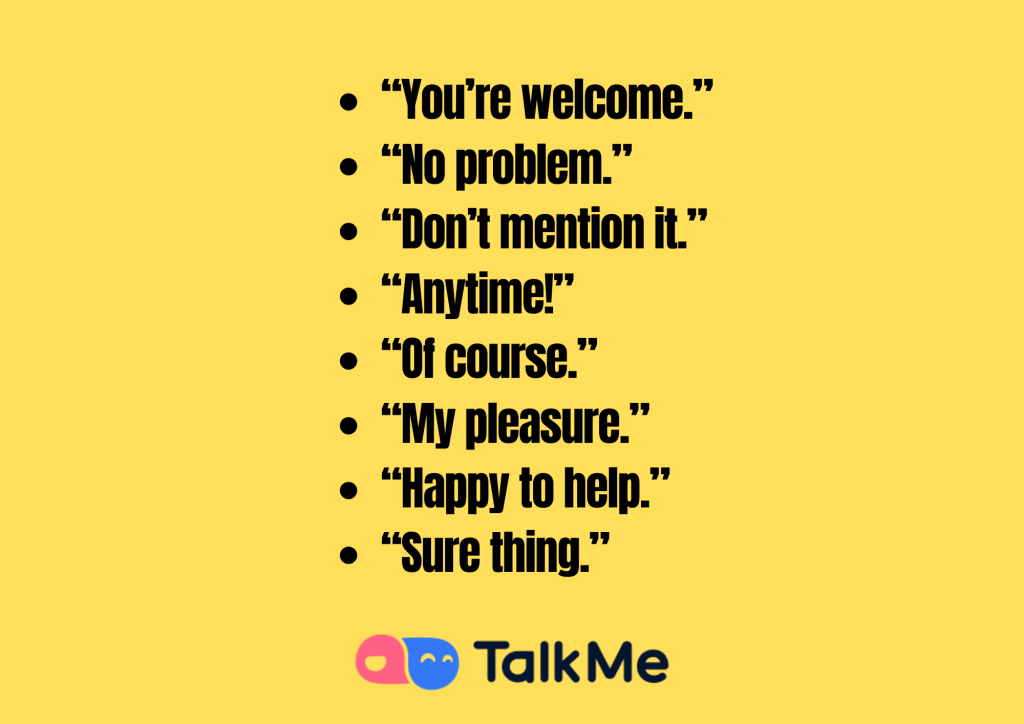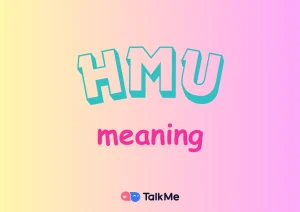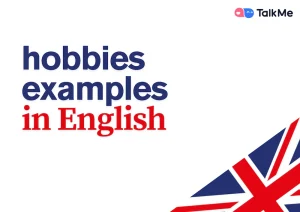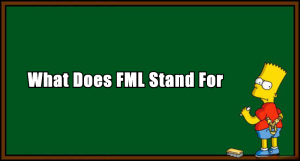Dire “thank you in English” is one of the first and most important skills to learn when picking up the language. Whether you’re showing appreciation to a friend, a coworker, or even a stranger, expressing gratitude helps build positive relationships and shows respect.
However, there are many different ways to say thank you, and they often depend on context, tone, and region. What sounds polite in the UK might sound too formal in the US—and vice versa. Some phrases are best for formal occasions, while others are perfect for casual conversations or text messages.
Common Ways to Say Thank You in English
The most standard and widely accepted phrases include:
- “Thank you”
- “Thanks”
- “Thanks a lot”
- “Thank you so much”
- “Thanks a bunch”
These are everyday expressions used in casual and polite situations alike. Saying “thanks” when someone holds the door for you, or “thank you so much” when someone gives you a gift, are both appropriate and appreciated.
The key is to be mindful of tone and body language. A simple “thanks” said with a smile can go a long way.
Thank You in American English vs. Britain English
Although American English et British English are largely similar, expressions of gratitude can differ subtly in tone and usage.
En American English, common phrases include:
- “Thanks a lot!”
- “I appreciate it.”
- “You’re the best!”
- “Much appreciated!”
In contrast, British English often includes:
- “Cheers” (used as a casual thank you)
- “Ta!” or “Ta muchly!”
- “Many thanks.”
- “Much obliged.”
Cultural nuances also play a role. British speakers may use more indirect or modest expressions of gratitude, whereas Americans may be more enthusiastic and expressive.
These British phrases are sometimes considered more understated or modest, reflecting the UK’s cultural tendency toward subtlety in expressions of emotion. Americans may use more enthusiastic and open expressions.
Avec TalkMe AI, you can role-play real-life conversations with both American and British accents to better understand how these expressions are used in daily life.
Thank You in Old English and Historical Variants
The way we say thank you in English today has evolved over centuries. In Old English, people might say:
- “I thank thee”
- “I am much beholden to you”
These phrases might sound poetic or outdated now, but they’re useful to recognize in literature or historical dramas. Understanding these forms can deepen your appreciation for the language and improve your reading skills.
Formal Ways to Say Thank You
In formal or professional situations, it’s essential to use polite and respectful language. Try phrases like:
- “I am grateful for your help.”
- “Much appreciated.”
- “I can’t express my gratitude enough.”
- “This means a lot to me.”
- “I’m indebted to you.”
- “I will never forget your kindness.”
These expressions work well in emails, interviews, customer service interactions, and business meetings.
Informal Ways to Say Thank You
In everyday conversations with friends, family, or peers, you can keep it casual and fun with phrases like:
- “Thanks!”
- “Thanks a ton!”
- “Appreciate it!”
- “Cheers!” (mostly UK)
- “Ta!” (informal UK slang)
- “Thanks a ton!”
- “You’re the best!”
- “I owe you one.”
- “You’re a lifesaver!”
These phrases are often more playful, energetic, and culturally specific. For instance, “Cheers!” and “Ta!” are widely used in the UK and Australia but are less common in the U.S.
How to Respond to Thank You
Just as important as saying thank you is knowing how to respond to thank you. Depending on the situation, you might say:

These responses vary in formality et regional use. For instance, “No worries” is common in Australia and the UK, but may sound overly casual in some American business settings.
Why TalkMe AI Is the Best Tool for Learning English Etiquette
Mastering how to say and respond to thank you in English is more than memorizing phrases—it’s about using them in the right context, tone, and situation. That’s where TalkMe AI truly excels.
Here’s why TalkMe AI is the best AI tutor for language learning:
✅ Natural Conversations with AI Tutors
You get real-time, voice-based interactions that mimic real-life conversations, helping you internalize phrases like “thank you,” and their responses naturally.
✅ Grammar Feedback & Corrections
You’ll receive instant corrections and suggestions to make your English more polished and appropriate.
✅ Real-Life Scenarios
Practice gratitude in different settings—like ordering food, customer service, or writing emails—so you’re prepared for real interactions.
✅ Role-play Practice
Engage in fun and practical role-plays, like thanking a teacher, a friend, or a colleague, to build fluency and confidence.
✅ Multi-language Support
Not just English! You can also learn Spanish, French, Japanese, Korean, and Chinese, making TalkMe AI a versatile tool for global learners.
Final Words
Whether you’re expressing “thank you” in American English, Britain English, or even thank you in Old English, understanding the formal and informal ways to say thank you will make your communication smoother and more respectful.
With TalkMe AI, you don’t just learn phrases—you practice them in real conversations, get corrected in real time, and become fluent through real-life scenarios. If you’re serious about mastering how to say thank you in English, there’s no better tool.
Download TalkMe AI today and start your journey toward speaking like a native—one thank you at a time.



